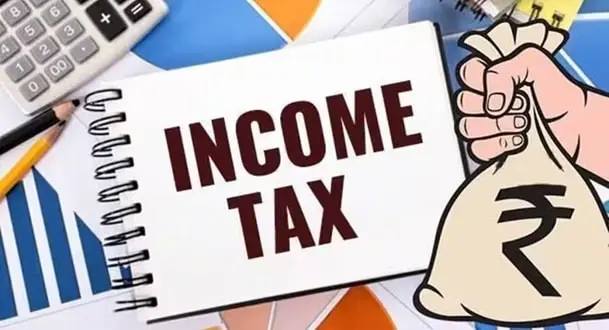This is hence very crucial as we move into the next financial year 2024-25 that all persons who are earning a salary grab hold of and understand thoroughly the income tax rules. They haven’t even updated any of the rules this year, whatever had been the last year’s, it still stands. And figuring these rules might sound like a huge task, but let’s break this a little further down into something easier, like into parts, so that we understand what part is the most important of the present income tax situation.

1. Choosing Your Tax Regime
Out of the old and new tax regime, you get to choose the one in which you can figure out your tax on salary. The new regime is the automatic choice, but in case the old one seems better, inform your employer. This is a big choice, it changes how much tax comes out of your paycheck. You’ll want to make that early to dodge any mix-ups.
2. Understanding Exemption Limits
The major difference lies in the quantum of income one may earn without having to part with any tax under both regimes. In the new regime, if an individual earns income below Rs 3 lakh, he is relieved from the tax liability. The old regime has different levels based on whether you’re under 60, between 60 and 80, or over 80. Like, if you are not older than 60 years, 2.5 lakhs is the amount exempt from the tax, and for 60 to 80 or over 80 years old citizens, it is 3 lakhs and 5 lakhs respectively.
New Regiem Income Tax Slabs:
| Income range (In Rs) | Income tax rate (%) |
| 0 to 3,00,000 | 0 |
| 3,00,001 to 6,00,000 | 5 |
| 6,00,001 to 9,00,000 | 10 |
| 9,00,001 to 12,00,000 | 15 |
| 12,00,001 to 15,00,000 | 20 |
| 15,00,001 and Above | 30 |
Old Regiem Income Tax Slabs:
| Income range (In Rs) | Income tax rate (%) |
| 0 to 2,50,000 | 0 |
| 2,50,001 to 5,00,000 | 5 |
| 5,00,001 to 10,00,000 | 20 |
| 10,00,001 and Above | 30 |
3. Tax Rebates and Slabs
Both are giving you tax rebates, which can make some earnings not taxed at all. The new regime is slightly more liberal, giving rebates for income up to Rs 7 lakh.
The tax slabs show the tax rate from 0% to 30% on earned money. They can be interesting for you, as you can plan your finances better.
4. Deductions and Exemptions
In the new regime, the deductions are kept very simple: one standard and the other for the NPS account contributions. While in the old regime, you could actually claim more such as your savings, health insurance, rent, and travel allowances, all of which could bring your amount down to be taxed to a large extent.
5. Filing Your Tax Return
Ensure the income tax return is filed by 31 July, more so if you continue with the old regime. Missing that date can push one to be in the default new regime for taxes.
6. Surcharge Rates for High-Income Earners
If you are earning big, the new regime may be better for you, since it has lower rates of extra charge for those earning over Rs 5 crore. That’s because the supercharge rate has been reduced to 25% this financial year, which previously was 37% according to the old regime.

